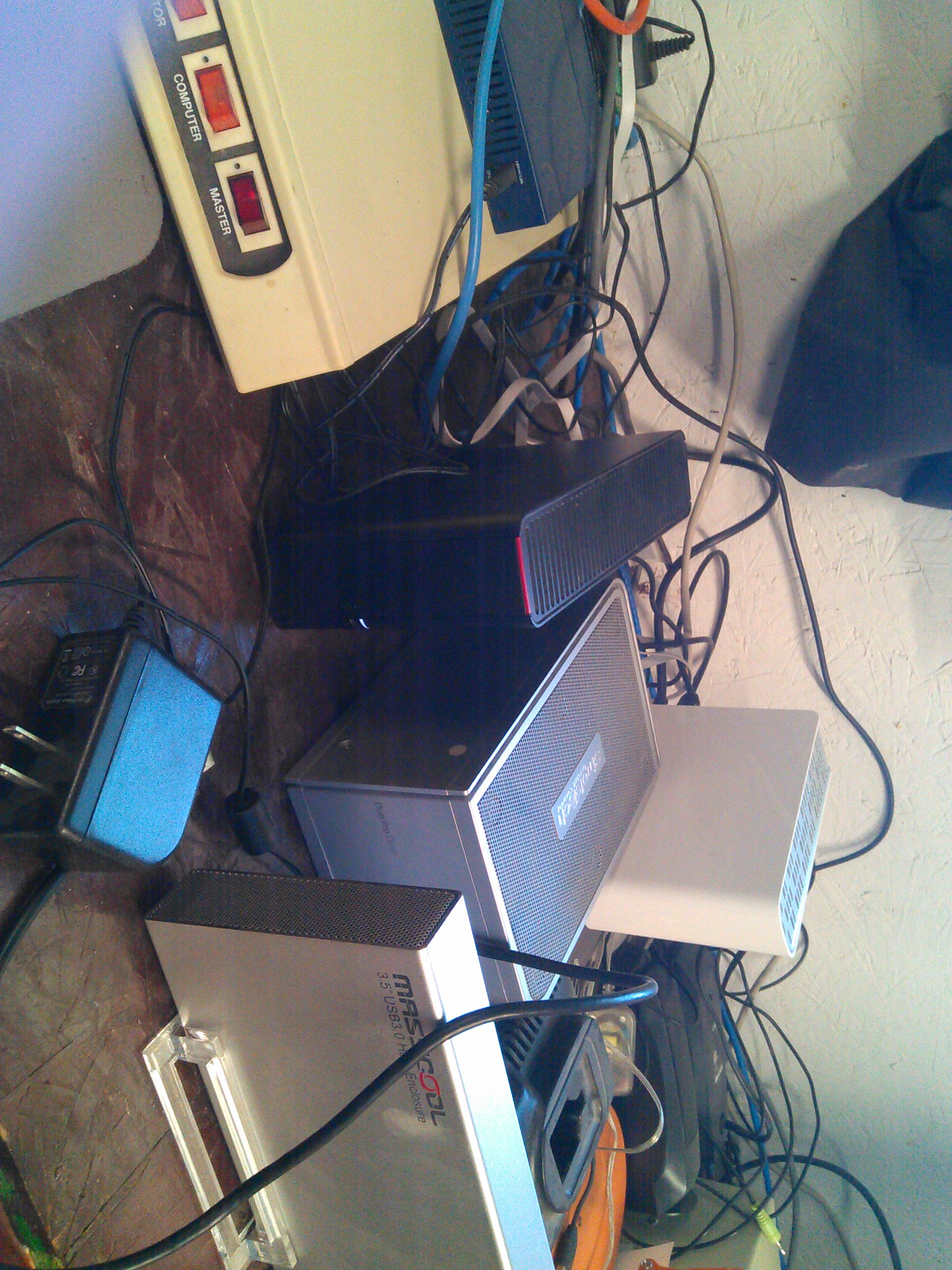You installed Manjaro because you wanted a modern Linux without Ubuntu bloat. Now you can’t find your NAS.
I gotta tell ya man, it’s getting so you can’t keep anything anymore. Admittedly I’m surprised either my WD MyCloud or the Buffalo NAS I have are still operational. Generally “consumer grade” hard drives meet their 5 year MTB by being powered off for at least 4 of those years.
Every day I come into the office expecting to see one of them dead. Definitely started becoming more and more choosy about what I keep on them. I’ve even bought newer USB drives to plug into them, both expanding their available storage and providing a newer spindle to hold the stuff I would really like to have survive my next round of splattered platter syndrome.
The truly sad part about having 6TB or more of NAS is coming to the realization you either have to back this stuff up or kiss it goodbye when the drive(s) goes. Consumer grade NAS generally have a single drive. Some have a pair of drives, but you have to do a full mirror (cutting storage in half) if you actually want to recover anything. That also assumes the power supply in the unit isn’t what cooks. After that you have to move up to the commercial grade NAS with higher prices and RAID levels. You also have to also keep one of those pricey drives with cartridge on a shelf to swap in at the moment of failure.
Linux distros today are either not installing the pieces of Samba necessary to access older NAS or they are deliberately turning that part off in the configuration. I’ve already written about this problem with Ubuntu 20.04 LTS. Thankfully Manjaro didn’t make the issue quite as obscure as Ubuntu. Open a terminal.
sudo pacman -S manjaro-settings-sambaWhen that runs you will see something like the following.

It says you need to reboot for the changes, but I’m running the KDE version of Manjaro and Dolphin too to the changes right away.

Just to be complete, here is my Manjaro information.

Happy NAS!

One thought on “How to Make Manjaro 20.2 work with NAS”
Comments are closed.